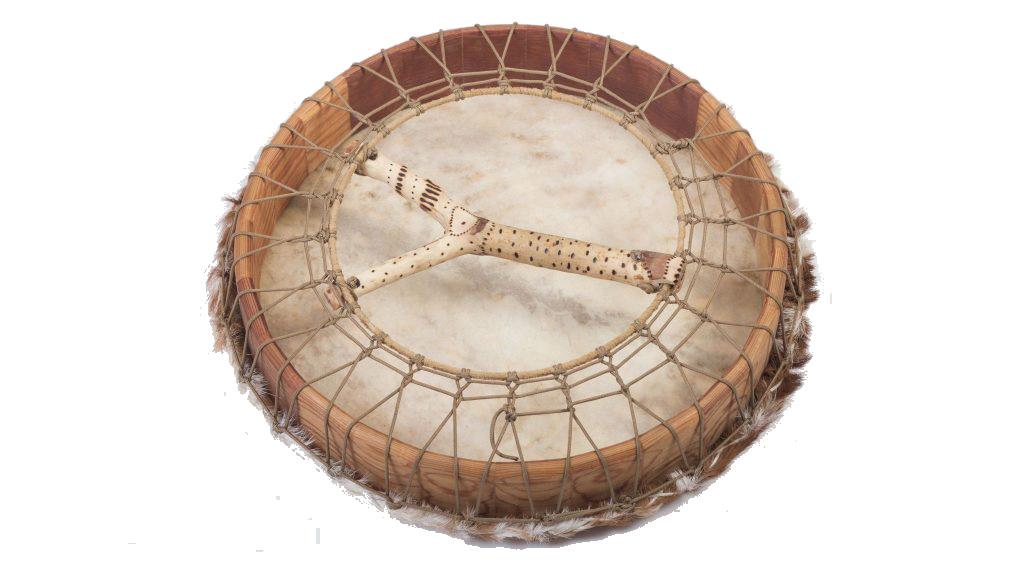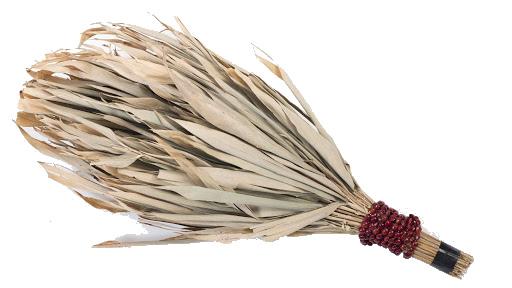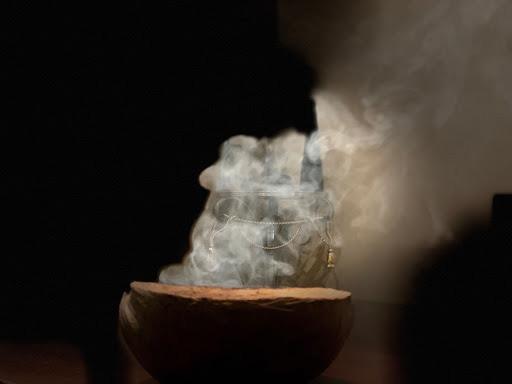
2 minute read
Design Elements for Architecture
The ritual space should be understood as a protected plane designed by the Taita, where different consciousness moves freely under its guidance, the limits are the Maniwa in the edges, the chagra as the transition between the inside world and outside one, the Maloka is the architecture, a safe space which also is alive, it is another creature as part of nature. Inside, there are Hammocks, the most intimate space where beings can be themselves. The ritual is a multidirectional interaction in the cosmos from a macroscale to a micro one. There are additional elements that can be highlighted from the description above that have further meanings for the cultures that perform the ritual.

Advertisement
The Night, the time of the ‘spirits’, the moment in which the senses are more sensible to the changes of the environment as it remains calm, it helps to focus in the visions when consuming the brew.
Chorrera, which means waterfall as well as shower, represents an anticipation of the body cleansing as a sign of goodwill from the person who does it. It is preferred to be done in the river as part of the participants’ preparation prior the ceremony to mark the end of the daily base activities.
Sahumerio, is the action burning an incense like biotic material that contains tobacco, it realises frag ants smoke for stimulation and protection of the individuals. The use of tobacco, other meaningful plant in the indigenous cosmologies, aid the Taita to take out the dangerous energy from the space, people and objects, and creates a protective boundary for the ritual. There are other uses of tobacco with similar purses such as ointments, as Rappé (a dried and powdered tobacco snuff that is bowed up the nose) or as a liquid, sometimes mix with the brew, for the openness, protection and stimulation of the inside and outside of body.

Chakapa, is a fan made of leaves whose stems are attached or tied with threads, in some tribes with rattle. It is the symbol healing for Taita, it helps to evoke feelings and clean the participants by the touch of its leaves which is individually or in small groups according the participants needs.

Totuma, a crock of plant origin made from the fruit of the totumo tree, is used as a natural recipient for the brew of ayawáskha, the wood like textures resemble nature and complements the feeling while drinking the brew as if drinking directly from a tree.


Willka, or altar, is the spaced that marks the centrality of the ritual, it is a meeting point between the brew, the Taita and the person where the three of them interact and talk between each other. The Willka is an open space of exchange where different symbols of deities, believes, myths, religions are present.
Moon & Fire, as a sign moon for mind clarity and guidance in time of ritual. Fire is generally presence as candles in the altar or bonfire.
Ikaro, is the chant, between spoken and sung, that uses the voice of the Taita and the movement of the Chakapa in a strong and sustained sounds that mark rhythm of the ceremony, it guides from the beginning when the Totuma with ayawáskha is enchanted, until the end of the ceremony when the participants awake from the visionary state. It is also a part of the purification process, it brings calm in the hours of madness, which sounds are the conversation of the Taita with the animals, plants and ethereal. It may be accompanied by instruments or with silence which also makes part of the chant. The Ikaros balance the different currents of feelings, both human and ethereal, that flow through the environment during the session.










